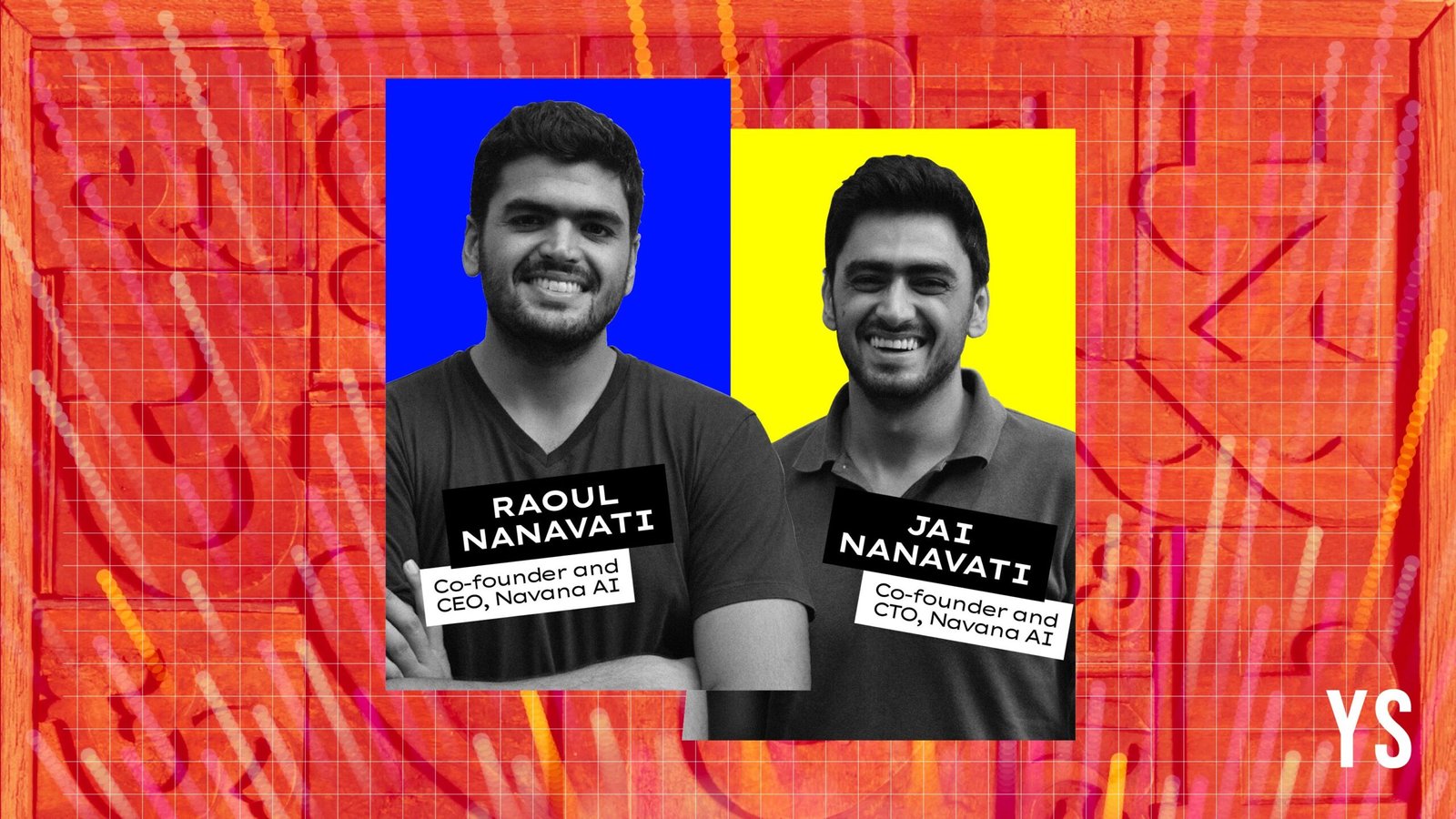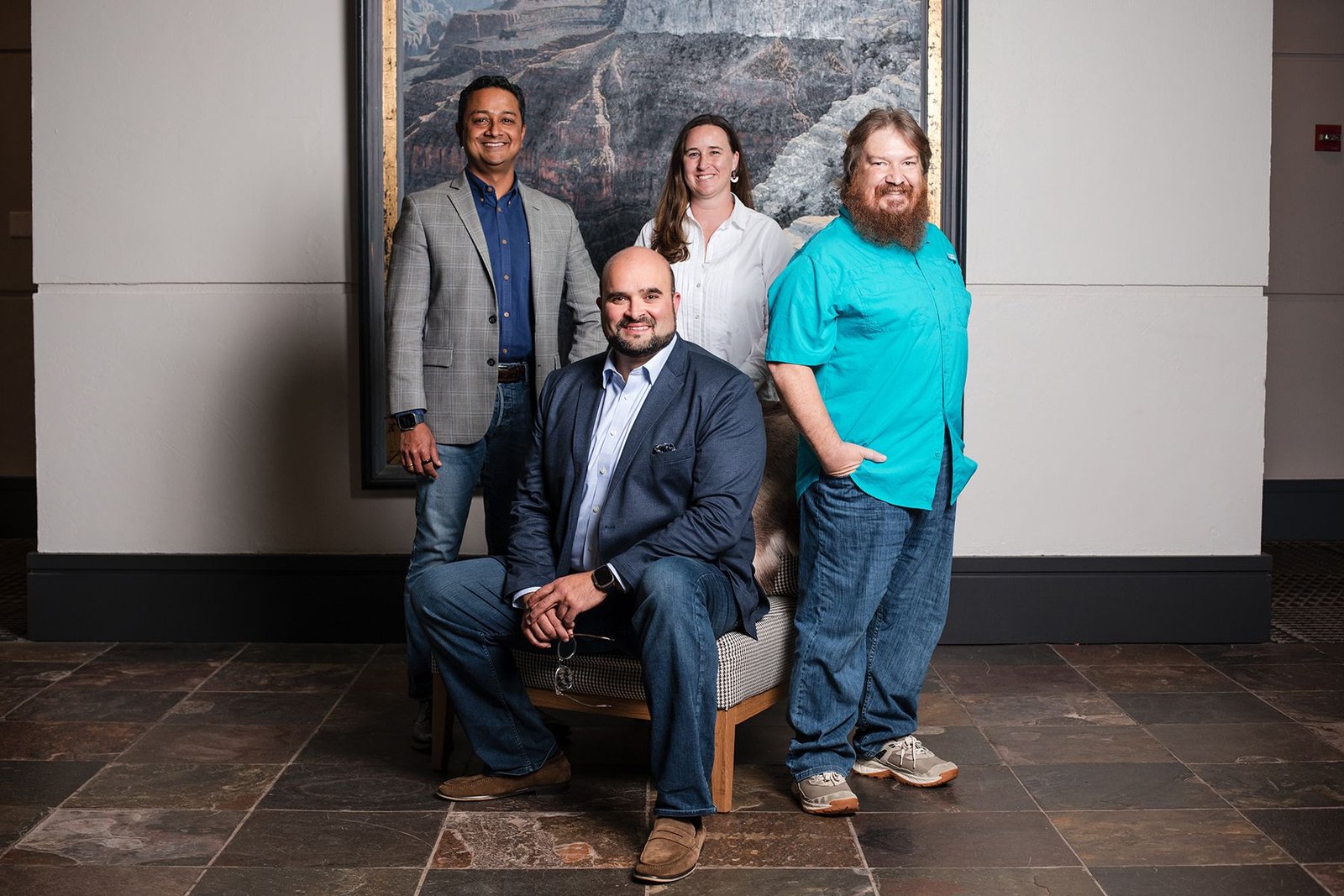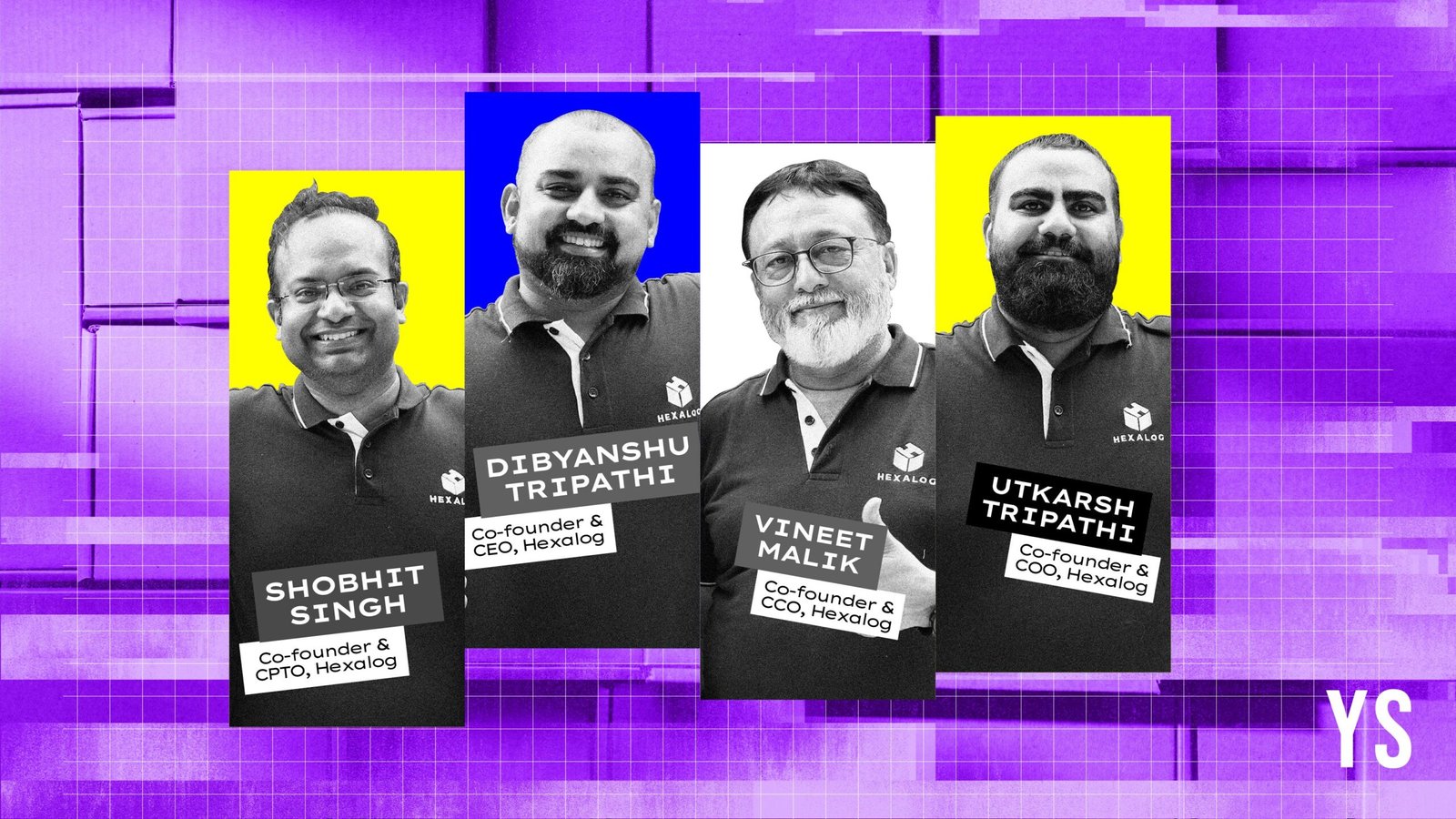Conversational AI for all: How Navana.ai is bringing India online, one voice at a time


aims to change this by allowing people to access apps and services in their own language.
The idea
A CBWE report notes that only 38% of Indian households are digitally literate, and with just 6–10% of Indians speaking English, according to the 2011 Census and a Lok Foundation–Oxford University survey, many are prevented from accessing English-first digital services in a country of thousands of languages and dialects.
For Raoul and Jai Nanavati, these barriers were an everyday occurrence and impossible to ignore. People around them struggled with the simplest digital tasks: their grandmother needed help navigating a smart TV to watch her favourite shows, domestic workers struggled with banking apps while sending money home, and cab drivers asked them for help downloading apps.
The two brothers travelled across India to understand the challenges faced by end users and landed on a simple hypothesis: Indians preferred voice over text, especially in their native language.
This led to the duo launching Navana.ai in 2018, a startup that lets people use apps and services in their own language. “We had a clear goal: make digital access in India truly inclusive,” Raoul tells YourStory.
Building from scratch and tackling language barriers
Initially called Navana Tech, the company started building accessibility layers for enterprises to their apps and websites. At the time, the team tried Google and Microsoft’s voice AI, but found them inadequate in noisy, rural environments.
“At that point, we had two options: wait for big tech to improve, or build our own,” says Jai.
For the startup, the biggest challenge was a lack of speech data for Indian languages, especially the less-spoken, low-resource ones.
To solve this, the first step the team took was partnering with Microsoft Research, which helped collect 1,600 hours of Odia speech data and made it open source. Soon after, collaborations with IISc Bengaluru, the Gates Foundation, and IIT Madras added about 15,000 hours across nine languages and 45 dialects.
Another challenge the company faced was the language complexity in India.
“Languages mix at borders, English slips into local speech, even a word like ‘receipt’ might be spoken three or four different ways across India,” Jai explains. Such differences derailed Navana.ai’s automated systems.
To tackle this, Navana.ai built diverse datasets, fine-tuned its models, and ran quality checks to spot failures. ‘In Kannada, for instance, words can stand alone or merge into one long word. Training the model for this flexibility was crucial,’ Jai says.
From contact centres to banking: building products for India
Today, the voice AI startup has three key products.
Firstly, a contact centre AI solution for businesses to deploy and manage AI agents like human staff, covering everything from building and launching voice agents to real-time monitoring, evaluation, and integration with business systems.
Secondly, a speech recognition API platform Bodhi, which allows developers to build voice-enabled apps. At the moment, it supports more than 12 languages and over 40 dialects, works in noisy environments, handles code-mixed speech, and processes both real-time and recorded audio. Businesses can use Bodhi to transcribe calls, analyse conversations, and power voice-based services.
Third, its audio intelligence API analyses calls to extract sentiment, intent, and keywords, helping businesses improve performance and automation.
The Bengaluru-based startup works with over 40 clients and is building a sovereign AI that fully owns its data, models, and deployment end-to-end. It’s powering complex services from loan disbursements and digital banking to government service delivery, making them accessible in local languages.
Others in this space include Sarvam, which focuses on large language models, and Gnani, which builds conversational AI solutions for enterprises.
“Unlike global AI platforms that treat Indian languages as a secondary layer, Navana.ai’s models are trained from scratch using real-world Indian speech, across accents, dialects, and noisy environments, to serve the needs of the Indian market,” Raoul explains. The technology is optimised for code-mixed speech in low-bandwidth environments, something global models typically struggle with.
The startup has worked with Bajaj Finserv, using its multilingual voicebots to manage over Rs 150 crore in personal loan disbursements every month. It has also developed the Hello Ujjivan app in collaboration with Ujjivan Small Finance Bank, a multilingual, voice-led banking app that has over one million downloads on the Google Play Store.
.thumbnailWrapper{
width:6.62rem !important;
}
.alsoReadTitleImage{
min-width: 81px !important;
min-height: 81px !important;
}
.alsoReadMainTitleText{
font-size: 14px !important;
line-height: 20px !important;
}
.alsoReadHeadText{
font-size: 24px !important;
line-height: 20px !important;
}
}

Democratising digital services in India, for India
The company has previously built advisory tools in agriculture, where farmers would share voice notes or images in their language on WhatsApp for crop guidance. It had also created a Marathi COVID-19 vaccination bot for the Maharashtra government, enabling voice-based appointment booking.
“In a country where spoken language often bridges gaps in literacy and access, voice AI has the power to democratise digital services at scale,” Raoul says.
The startup plans to stay India-focused, expanding its services to help enterprises adopt AI for both customer-facing and internal processes.
“Just as Infosys and TCS drove India’s digital transformation, we want to lead its AI transformation,” says Raoul. “Navana.ai’s strength lies in being focused and deeply embedded with businesses. We are built in India, for India.”
.thumbnailWrapper{
width:6.62rem !important;
}
.alsoReadTitleImage{
min-width: 81px !important;
min-height: 81px !important;
}
.alsoReadMainTitleText{
font-size: 14px !important;
line-height: 20px !important;
}
.alsoReadHeadText{
font-size: 24px !important;
line-height: 20px !important;
}
}

Tailored models built for each client
The founders say Navana.ai does not collect personally identifiable information, sourcing its datasets independently from the field rather than client operations. For regulated entities like banks, it offers on-premise deployment, installing models directly within a client’s infrastructure, so security and privacy remain intact.
To maintain high transcription accuracy for Indian voices while correctly understanding them, Navana.ai starts with a base model and works with each customer to fine-tune it for their specific environment, addressing factors like background noise or region-specific pronunciations of product names.
The startup raised Rs 7 crore in a Pre-Series A round led by Antler India, with participation from entrepreneurs Ronnie Screwvala, Ajay Agarwal, and Sandeep Singhal, bringing its total funding to Rs 13.2 crore. It is now working to expand coverage to 20+ Indian languages, including low-resource dialects and minority scripts.
“The long-term vision is to provide equitable access to voice AI services across all Indian languages,” Raoul says. Its roadmap includes deeper applications in contact centre automation, vernacular search, and AI for governance, agriculture, and healthcare, along with improving transcription quality.
He concludes, “India is a unique demographic, and we take immense pride in solving problems for our country.”
Discover more from News Hub
Subscribe to get the latest posts sent to your email.






